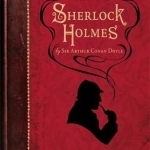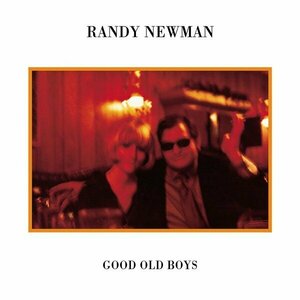Recipes for Science: An Introduction to Scientific Reasoning
Matteo Colombo, Cory Wright and Angela M. Potochnik
Book
There is widespread recognition at universities that a proper understanding of science is needed for...

The Penguin Complete Sherlock Holmes
Book
The Penguin Complete Sherlock Holmes by Arthur Conan Doyle are the complete adventures of the...
Kurt Vile recommended Good Old Boys by Randy Newman in Music (curated)

Jillian Michaels – Training and Meal Plans
Health & Fitness
App
Train with Jillian Michaels! She’s helped millions reach their goals and now the worlds leading...

7 min Stretching Workout: Stretch Exercises Training for Flexibility Body to Get Flexible Muscles – Flexing Exercise and Full Stretches Workout Routine
Health & Fitness and Sports
App
Get results and attractive body quickly. While other exercise plans call for up to two hours of your...
7 min Workout: Suspension Fitness Exercise Routine Trainer for Gym and Home Exercises – Force Hiit Training Workouts Center
Health & Fitness and Sports
App
Get results and attractive body quickly. While other exercise plans call for up to two hours of your...

7 min Fat Burning Workout: Lose Weight Fast with 7 min Exercise Program - Training Workouts to Burn Calories
Health & Fitness and Sports
App
Get results and attractive body quickly. While other exercise plans call for up to two hours of your...

Fitness Buddy: Gym Workouts
Health & Fitness and Lifestyle
App
Be stronger. Be leaner. Be the best you - Hundreds of gym & home workouts - Clear instructions and...

Expiry Alert Biz - Keep track of expiration dates
Business and Productivity
App
Do you know that each year hundreds of thousands of documents/subscriptions was late for renewal,...

FACEASiT'pro
Health & Fitness and Lifestyle
App
Study, revise and 100% of facial reflexology solutions to be able to design your Dien Chan formulae....

